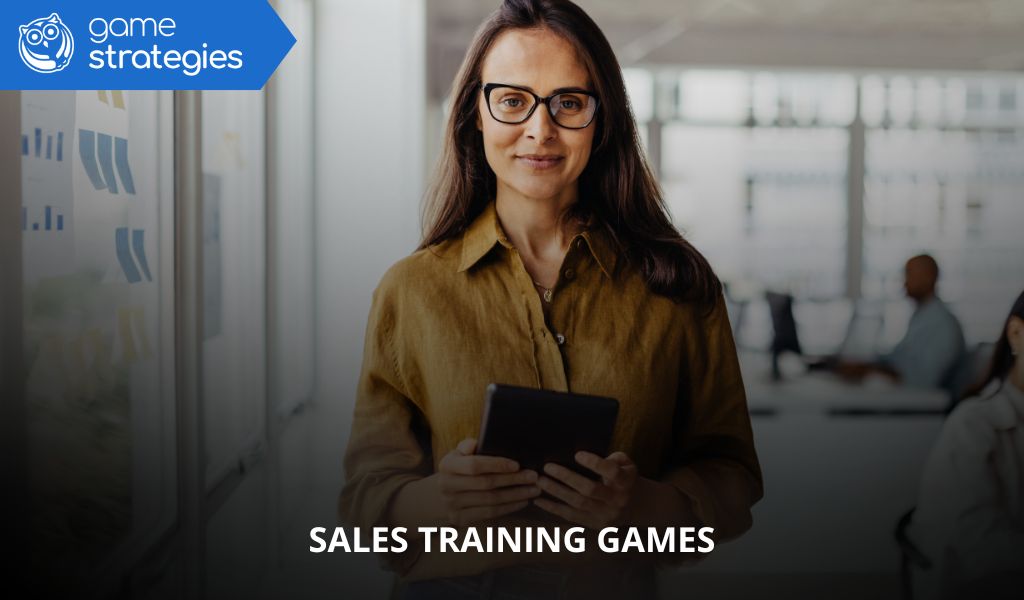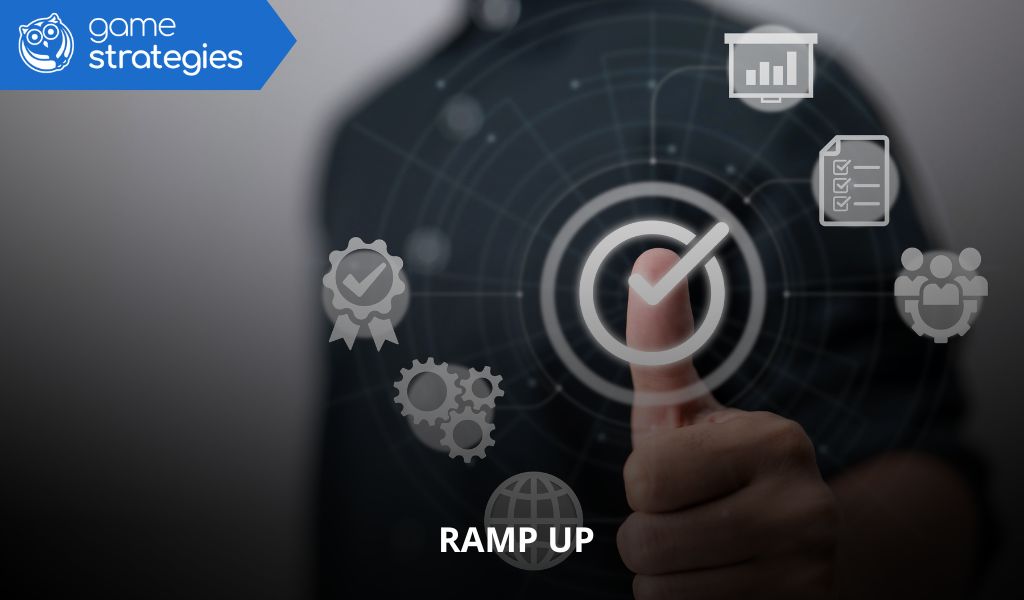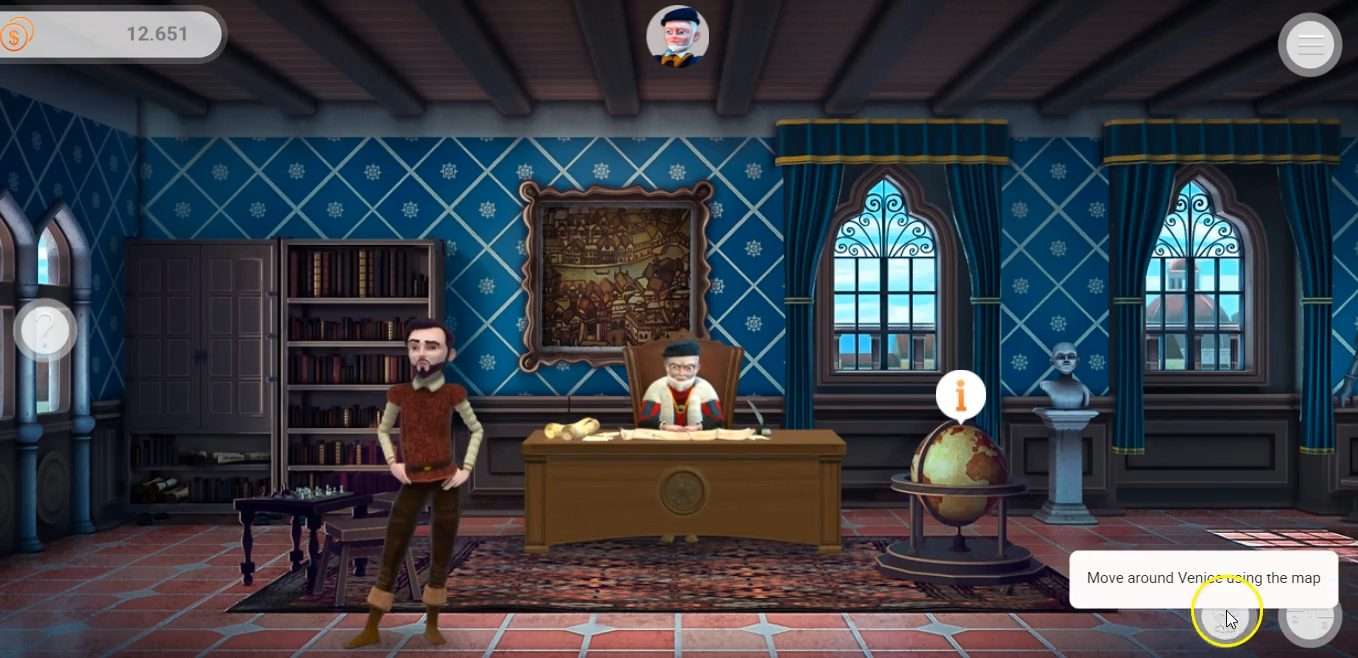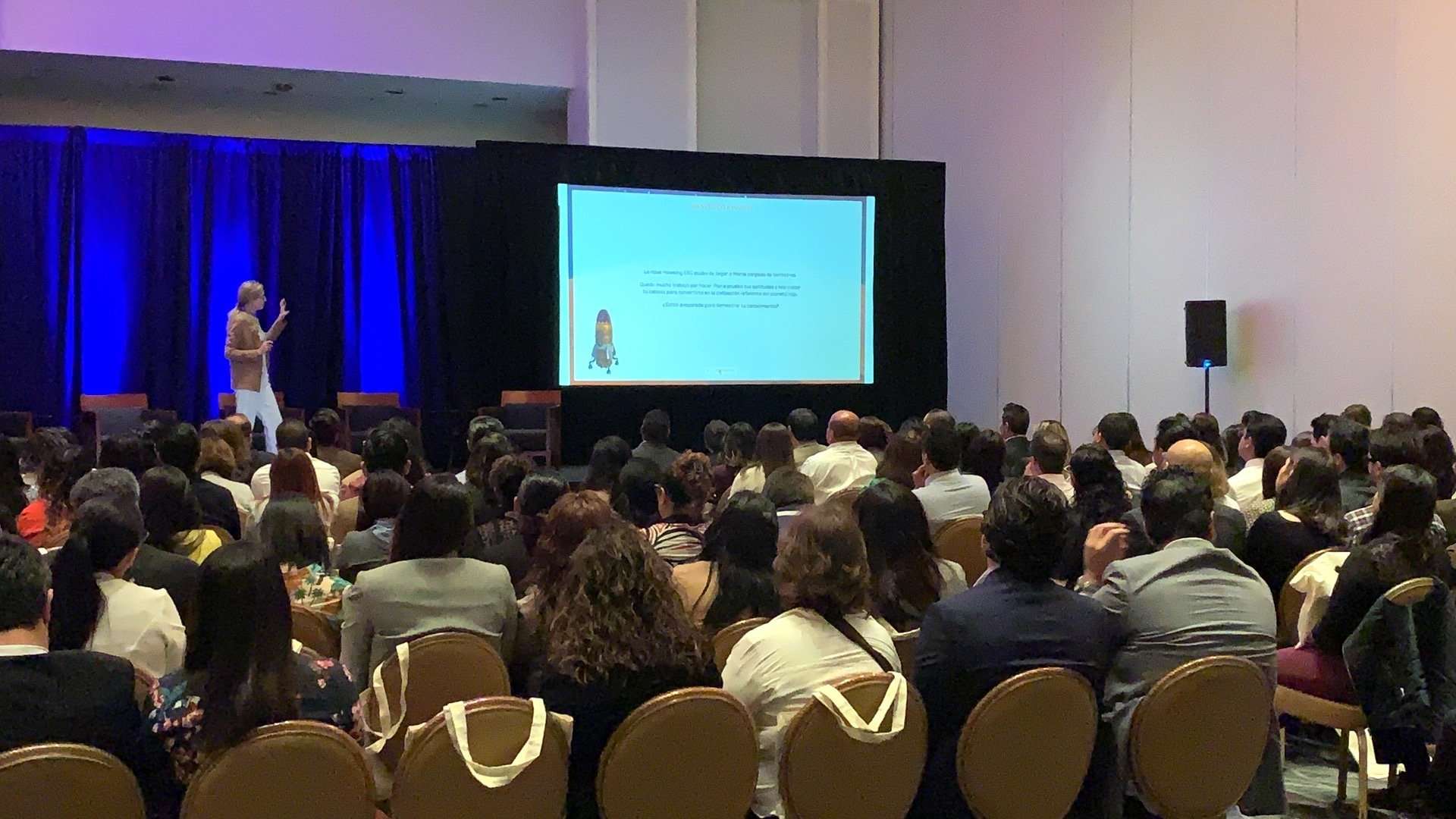The way we upskill sales teams has changed. Conveying technical facts is no longer enough; the challenge is to capture attention, provide realistic practice and make learning stick. Sales training games turn ordinary workshops into memorable, interactive sessions where every decision produces insight and lasting improvement.
At Game Strategies we blend gamification, artificial intelligence and simulation so that every interaction counts, every outcome teaches and every participant leaves better equipped for the real market. The public sector has followed suit: Spain’s National Institute of Public Administration (INAP) now relies on participatory, game-based learning to build sustainable competences among its staff.
Why use sales training games in commercial training?
Active, game-based methods are more than a passing fad; they are a practical answer to the demands of today’s competitive, fast-moving sales arena.
Benefits of active learning for sales teams
- Information is retained for longer because learners do rather than listen.
- Errors become safe, constructive feedback loops.
- Critical thinking, agility and pressured decision-making flourish.
- Theory connects immediately with daily sales practice.
Key skills you can develop with sales training games (listening, closing, persuasion…)
- Active listening and need discovery
- Objection handling and resilience when prospects say “no”
- Persuasive storytelling and argument construction
- Closing techniques, including confident use of silence
- Non-verbal communication and effective body language
Turning dull training into a dynamic experience with sales training games
Instead of lengthy slide decks, participants tackle challenges, case studies and timed contests. Cognitive effort is paired with genuine emotion, so commitment to improvement soars.
Effective sales training games and dynamics

Choose games that reflect your objectives, stay brief and feel authentic. The following five activities work equally well in classrooms or virtual rooms.
Game 1: difficult customer – real-time objection handling
One seller meets a demanding or sceptical client (played by a colleague). The aim is to stay calm, listen actively and adapt the pitch until resistance eases.
Game 2: benefits wheel – customer-focused argumentation
Place a product or service in the centre of a physical or virtual wheel. Team-mates link each feature to a specific customer benefit, sharpening the “feature–advantage–benefit” chain.
Game 3: sixty seconds – the elevator pitch under pressure
Each participant has 60 seconds to deliver a compelling value proposition. Ideal preparation for cold calls, trade-fairs and networking events.
Game 4: chain cross-selling – collaboration and speed
Form a chain: the first person makes a basic sale, the next adds a cross-sell or upsell, and so on. The exercise boosts creativity, mental agility and cross-departmental cooperation.
Game 5: role reversal – stepping into the buyer’s shoes
Salespeople become customers, experiencing first-hand the emotions, doubts and needs that shape buying decisions. Empathy rises and friction points in the sales process surface quickly.
How to leverage artificial intelligence in sales training games
AI personalises, analyses and simulates, giving teams tailored practice, instant feedback and clear performance metrics.
Using ai to tailor sales training games to strengths and weaknesses
Machine-learning platforms spot individual patterns—response times, accuracy, preferred styles—and serve targeted exercises. A rep strong at closing but weak at listening receives extra listening drills, accelerating balanced growth.
AI platforms that create sales simulation games
Conversational AI spawns lifelike virtual customers who object, negotiate and decide in real time. Teams practise safely yet realistically, gaining confidence before facing live prospects.
Automated assessment of sales pitches and body language
AI tools scrutinise vocal tone, pace, filler words and even eye contact on video. Integrated into sales training games, they provide objective, data-driven coaching.
AI chatbots as objection-handling coaches
Chatbots generate adaptive, ever-changing push-backs. Reps can practise alone, on demand, reinforcing daily mastery of persuasive language.
Blending classic sales training games with ai for a hybrid approach
Human interaction delivers spontaneity and teamwork; AI supplies measurement, repetition and personalisation. Combining both yields the richest learning experience.
Practical example: simulation plus role-play with automated feedback
Run a “difficult customer” role-play, record it, feed the video to an AI coach, then review the automated report as a group. Immediate, precise feedback meets live social learning.
Designing a session that combines gamification and ai
Start with a traditional group game (e.g., benefits wheel) to warm up, follow with an AI-driven individual simulation, then share results in plenary. Reflect, adjust and repeat.
Recommended ai tools to enrich your sales training games
- Rehearsal – video practice with granular feedback
- Chorus or Gong – analyse real calls to improve questioning and need detection
- ChatGPT – generate instant, varied objections or role-play scripts
These platforms extend, rather than replace, the trainer’s reach.
Best practice for embedding sales training games in your organisation
Motivating teams and overcoming resistance
Explain the “why”: sales training games are not entertainment for its own sake but a proven route to practical mastery. Involve participants in choosing activities, listen to concerns and link each game to performance goals they value.
Adapting sales training games for junior and senior sellers
- Junior sellers – favour rapid-fire, visual, competitive formats.
- Senior sellers – appreciate peer-learning forums and in-depth diagnostic feedback.
Provide varied difficulty levels and clear objectives for every profile.
Measuring results and following up after each sales training game
Use surveys, debrief sessions or AI dashboards to capture progress. Track metrics such as call-to-meeting ratios, proposal value and close rates to prove ROI and refine future sessions.
¿De cuánta utilidad te ha parecido este contenido?
¡Haz clic en una estrella para puntuarlo!
Promedio de puntuación 0 / 5. Recuento de votos: 0
Hasta ahora, ¡no hay votos!. Sé el primero en puntuar este contenido.









